1. Filter Your Tap Water Like a Pro
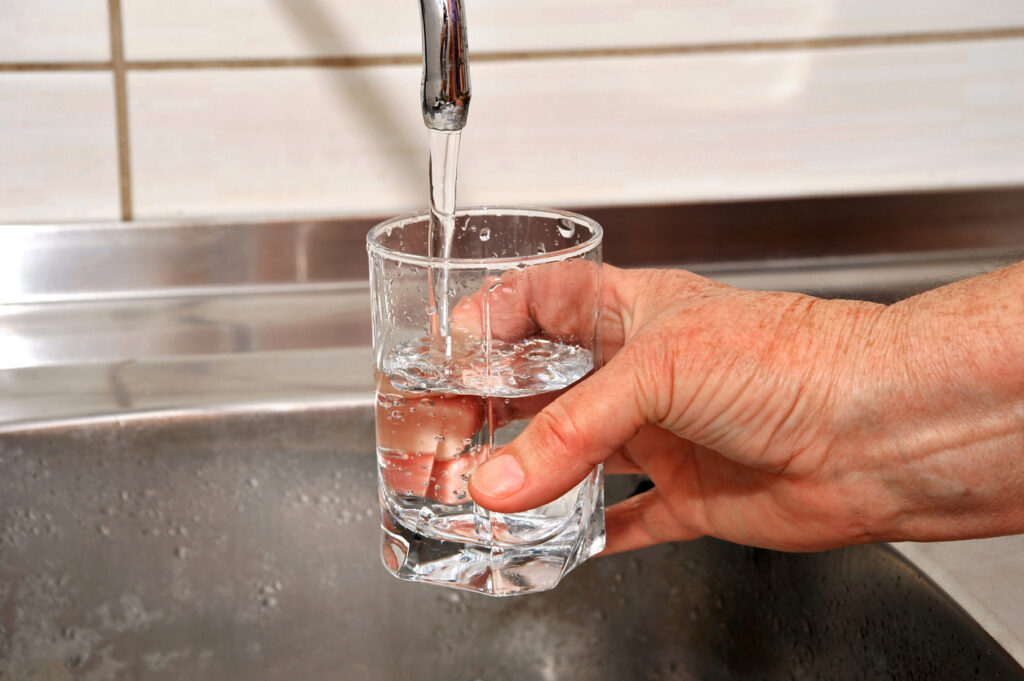
Most people don’t realize how much plastic could be lurking in their drinking water. Microplastics have been found in tap water worldwide, and a basic jug filter isn’t going to cut it. By upgrading to a high-quality water filter with fine mesh or reverse osmosis features, you can dramatically reduce what slips through the cracks. Not only will you be ditching microplastics, but you’ll also improve the taste and clarity of your water. It’s an easy fix that requires a little upfront cost but delivers big in the long run. Your morning coffee and evening tea will thank you.
Besides protecting your health, filtering your water also helps prevent adding plastics back into the environment. Think about it: if your tap water is loaded with tiny plastics, those same particles end up in your cooking, washing, and even pet bowls. Plus, filtered water means you’re less tempted to grab bottled water, which often contains microplastics too. It’s a double win—less waste and a healthier you. Many modern filters are easy to install under the sink or attach right to the faucet, making this switch super simple. Once you do it, you’ll wonder why you didn’t filter like a pro sooner.
2. Say Goodbye to Single-Use Plastics
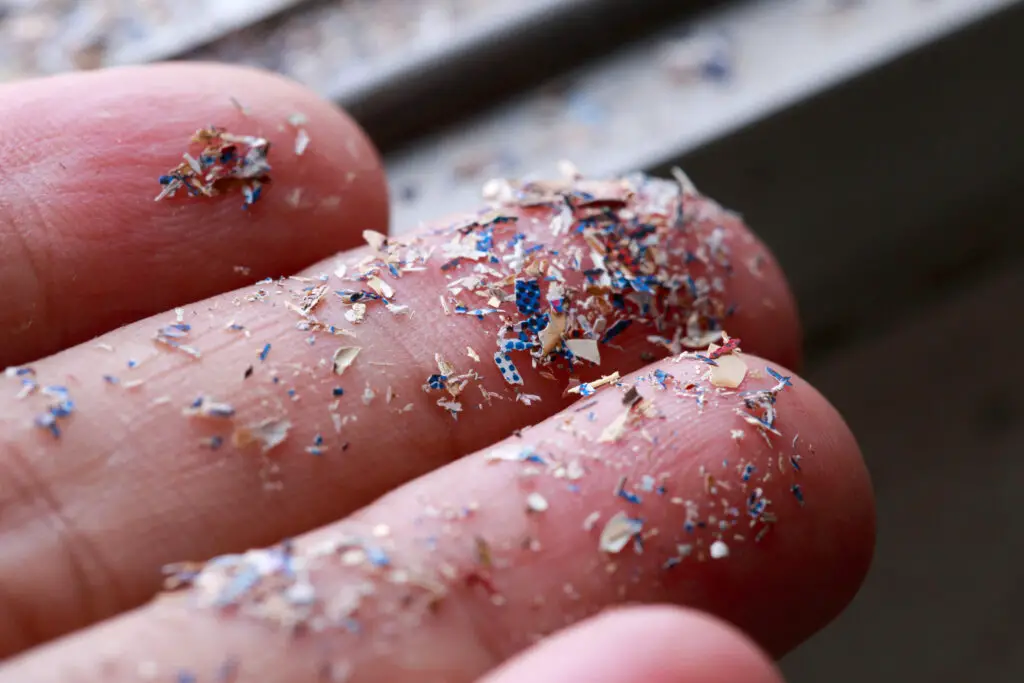
Single-use plastics are everywhere, and cutting them out is one of the easiest ways to limit microplastic exposure. Plastic bags, straws, and packaging might seem harmless, but they eventually break down into microscopic particles. Every time you grab a reusable tote or stainless-steel straw, you’re helping to curb that plastic avalanche. Even food containers and utensils can be swapped for glass or metal alternatives. By making this switch, you not only reduce plastic exposure but also help keep your pantry and fridge toxin-free. It’s a win for both your body and the planet.
The beauty of cutting single-use plastics is how quickly it adds up. Avoiding plastic-wrapped produce or those flimsy takeout forks makes a real dent in the plastic problem. Plus, many eco-friendly alternatives are more stylish and sturdy, giving you that subtle bragging right every time you use them. The fewer plastics you bring into your home, the fewer microplastics you risk ingesting through food contact. It’s about creating a habit that makes you feel like an eco-warrior every time you pass on plastic wrap. And trust me, you’ll be shocked at how easy and empowering it feels.
3. Upgrade Your Food Storage Game
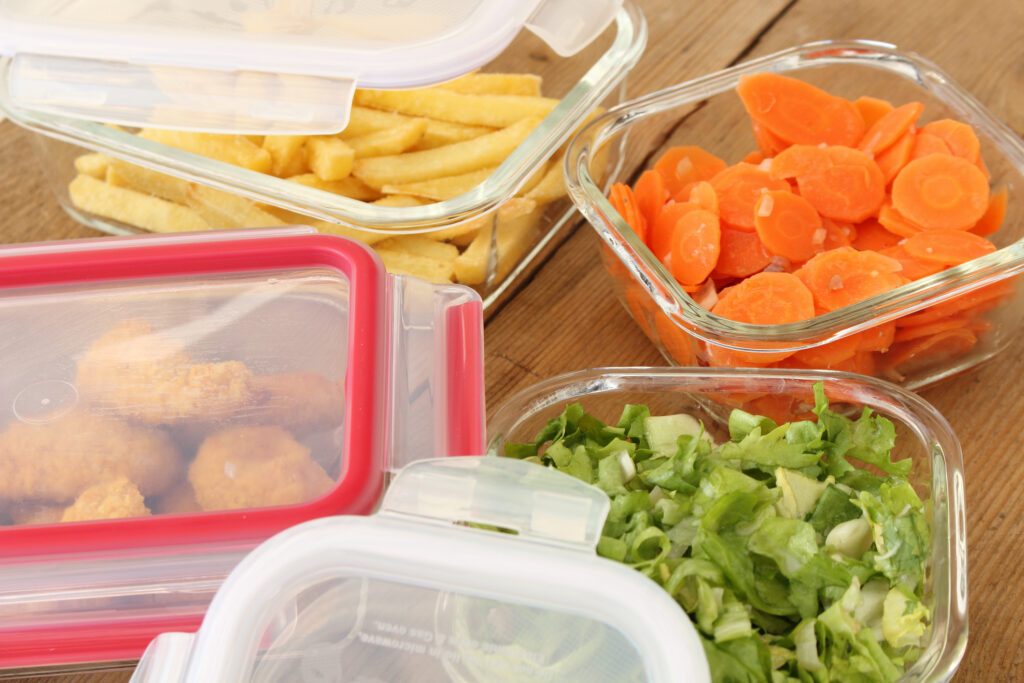
That stack of plastic containers in your kitchen? It’s time for a makeover. Plastic food containers can leach tiny plastic particles into your leftovers, especially when heated. Switching to glass, stainless steel, or silicone alternatives is a smart move for reducing microplastic exposure in your meals. These options are not only safer but also last much longer, saving you money in the long run. Plus, your fridge will instantly look like it belongs to a health-conscious chef from a cooking show. Bonus points for ditching those stained and warped plastic lids forever.
Another hidden perk? Food tastes better when stored in non-plastic containers. Ever notice that funky “plastic” smell when reheating leftovers? That’s your clue. And if you’re meal-prepping for the week, glass containers help keep food fresh longer without any sneaky chemicals. The switch may seem small, but it adds up fast when you think about how often you store, microwave, and eat food from those containers. You’ll feel like you’re leveling up your kitchen with each sturdy glass jar and sleek stainless-steel box you bring home.
4. Shake Up Your Clothing Choices
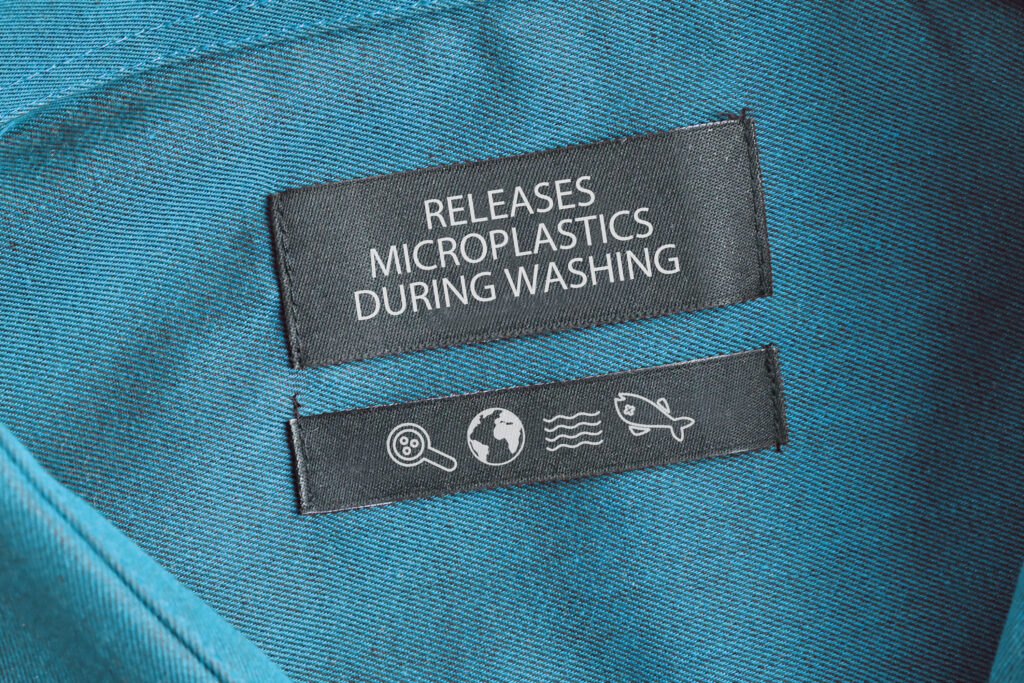
Here’s a shocker: your favorite fleece or workout gear might be shedding microplastics every time you wash it. Synthetic fabrics like polyester and nylon release thousands of tiny fibers with every load of laundry. These fibers make their way into waterways and, ultimately, your body via the food chain. Choosing natural fibers like cotton, wool, or hemp can dramatically reduce this invisible pollution. Not only are these fabrics better for you, but they’re also more breathable and comfortable. So, yes, you’ll look good and do good at the same time.
Beyond switching fabrics, you can also grab a laundry bag designed to trap microfibers before they reach the drain. These nifty bags are a simple way to keep microplastics from sneaking into the environment. Another option? Wash your synthetics less often, and always on a gentle cycle with cold water to reduce shedding. It’s an easy wardrobe upgrade with a big ripple effect for both your health and the planet. Every little fiber saved is a victory against microplastic buildup. Who knew saving the world could start in your laundry room?
5. Avoid Personal Care Products with Microbeads
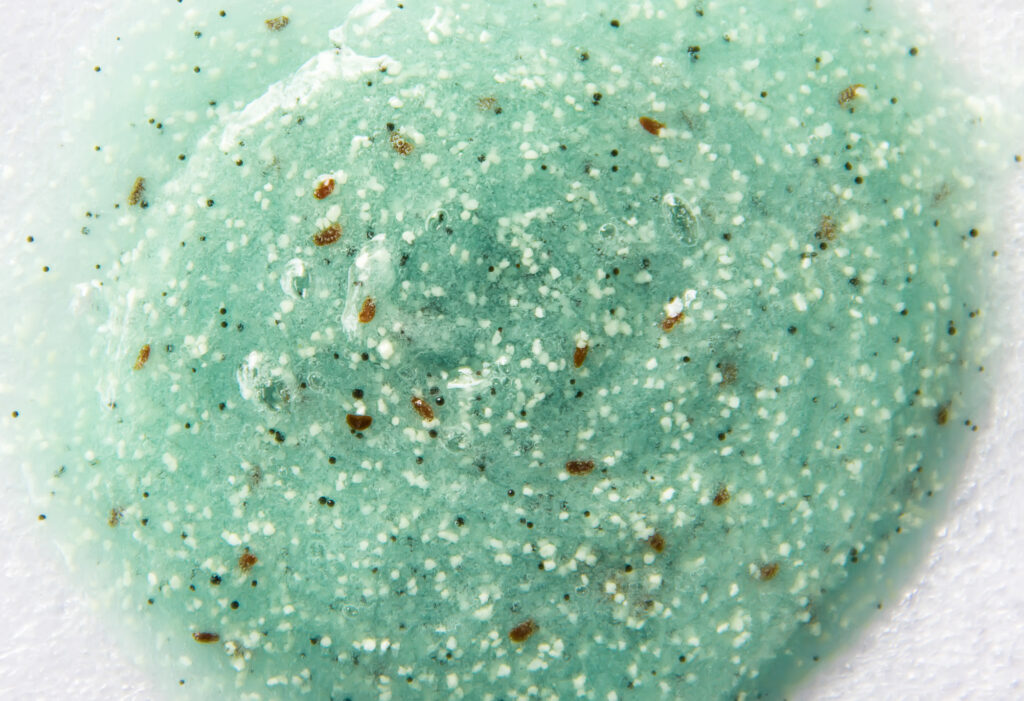
Those scrubs and toothpastes with “exfoliating beads”? Many of them contain microplastics in disguise. These tiny plastic particles, often called microbeads, end up rinsing down the drain and into rivers, oceans, and eventually, our food. The good news? More brands are ditching microbeads in favor of natural exfoliants like salt, sugar, or crushed walnut shells. By checking labels and avoiding anything that lists “polyethylene” or “polypropylene,” you can dodge microplastics lurking in your beauty routine. Your skin (and the fish in the ocean) will thank you.
Kicking microbeads to the curb isn’t just a trendy move—it’s a smart one. These sneaky plastics don’t break down and stick around in ecosystems for years. Plus, you don’t need them to get that fresh, glowing look. Natural ingredients often work better and are gentler on your skin. Making this switch means fewer plastic particles washing down your drain and into the world’s water supply. It’s a small change that makes a splash in the right direction.
6. Cut Down on Dust
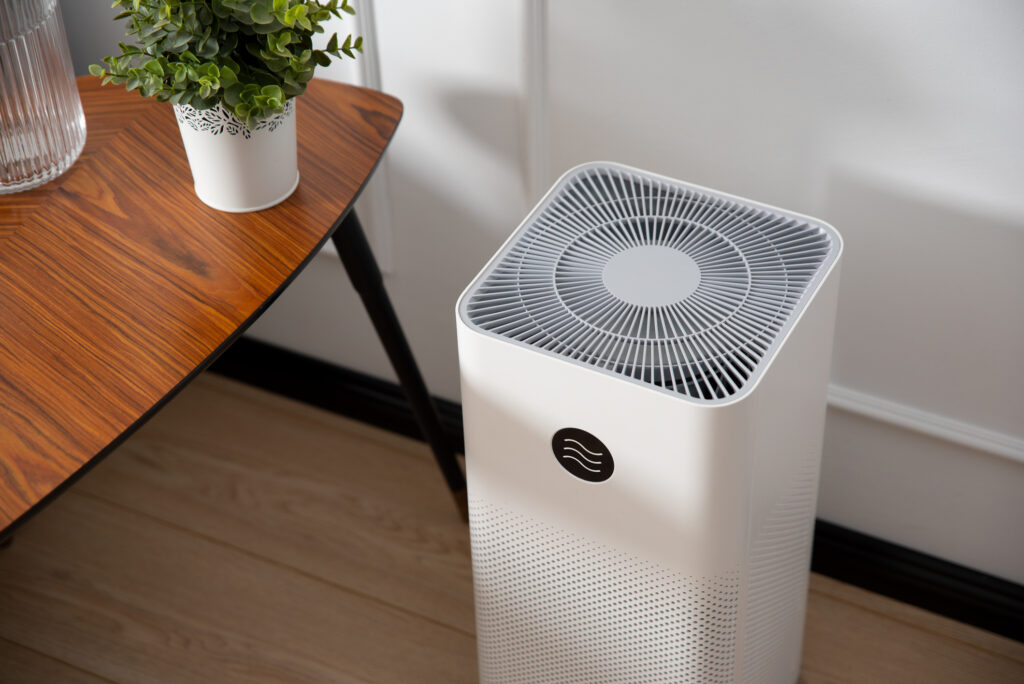
Here’s a dirty secret: microplastics are hiding in your household dust. Furniture, carpets, and electronics made with synthetic materials slowly shed tiny particles that float around and settle on surfaces. Every time you kick up dust or wipe it away, you’re potentially exposing yourself to microplastics. The solution? Vacuum regularly with a machine that has a HEPA filter and damp-dust surfaces instead of dry wiping. It’s one of the easiest ways to breathe cleaner air inside your home.
Don’t underestimate how much of an impact this can have. Reducing indoor dust isn’t just good for cutting microplastics—it helps with allergens and overall air quality too. Consider swapping synthetic rugs and curtains for natural fiber versions like cotton or wool to minimize indoor plastic shedding. Even keeping clutter to a minimum can make dust easier to manage. It’s like giving your living space a detox from top to bottom. Cleaner home, cleaner lungs, less plastic in your system—what’s not to love?
7. Rethink Your Takeout Habit
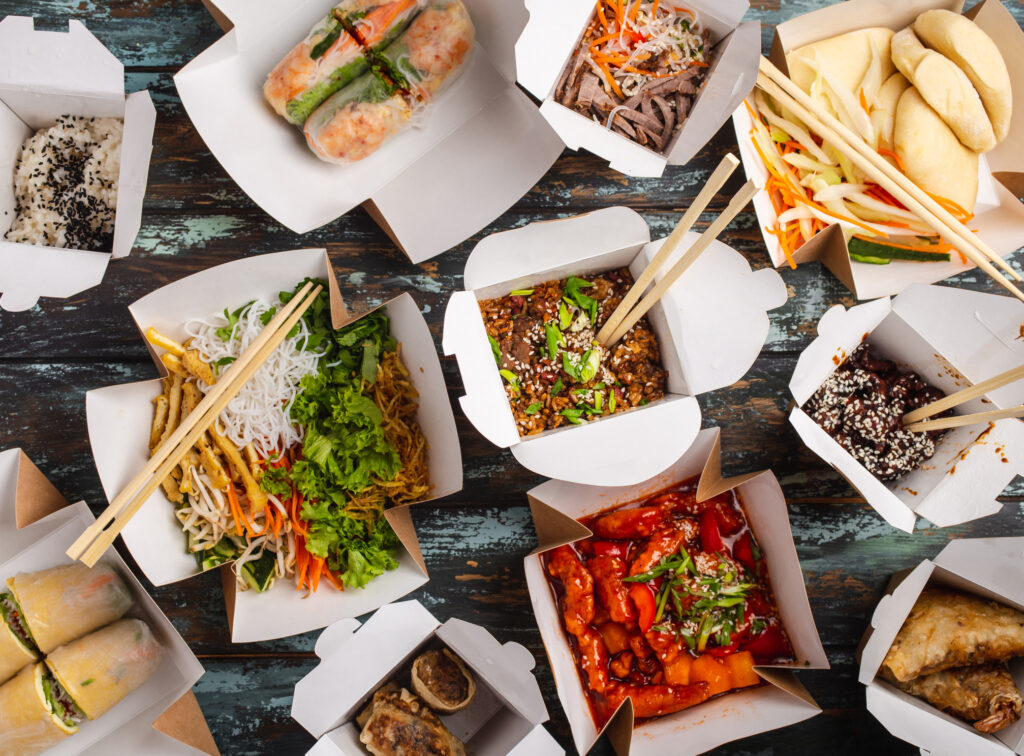
Your go-to sushi spot or favorite burger joint might be serving up more than just tasty food. Many takeout containers, cups, and utensils are made with or lined with plastic, which can leach into hot or greasy foods. Over time, this exposure adds up, especially if takeout is a regular part of your week. Whenever you can, opt to dine in or bring your own reusable containers for leftovers. Even switching to establishments that use compostable or plastic-free packaging makes a difference. Your stomach—and the planet—will both appreciate it.
This doesn’t mean giving up your favorite pad thai or Friday night pizza binge. It’s just about making smarter choices when possible. If you notice your favorite spots serve food in plastic-heavy packaging, give them a nudge to consider greener options. The less plastic your food touches, the less ends up in your body. Plus, you get the added satisfaction of knowing you’re making a small but mighty shift in your daily routine. And hey, reusable containers come in all kinds of cool designs now—why not make it a stylish habit?


